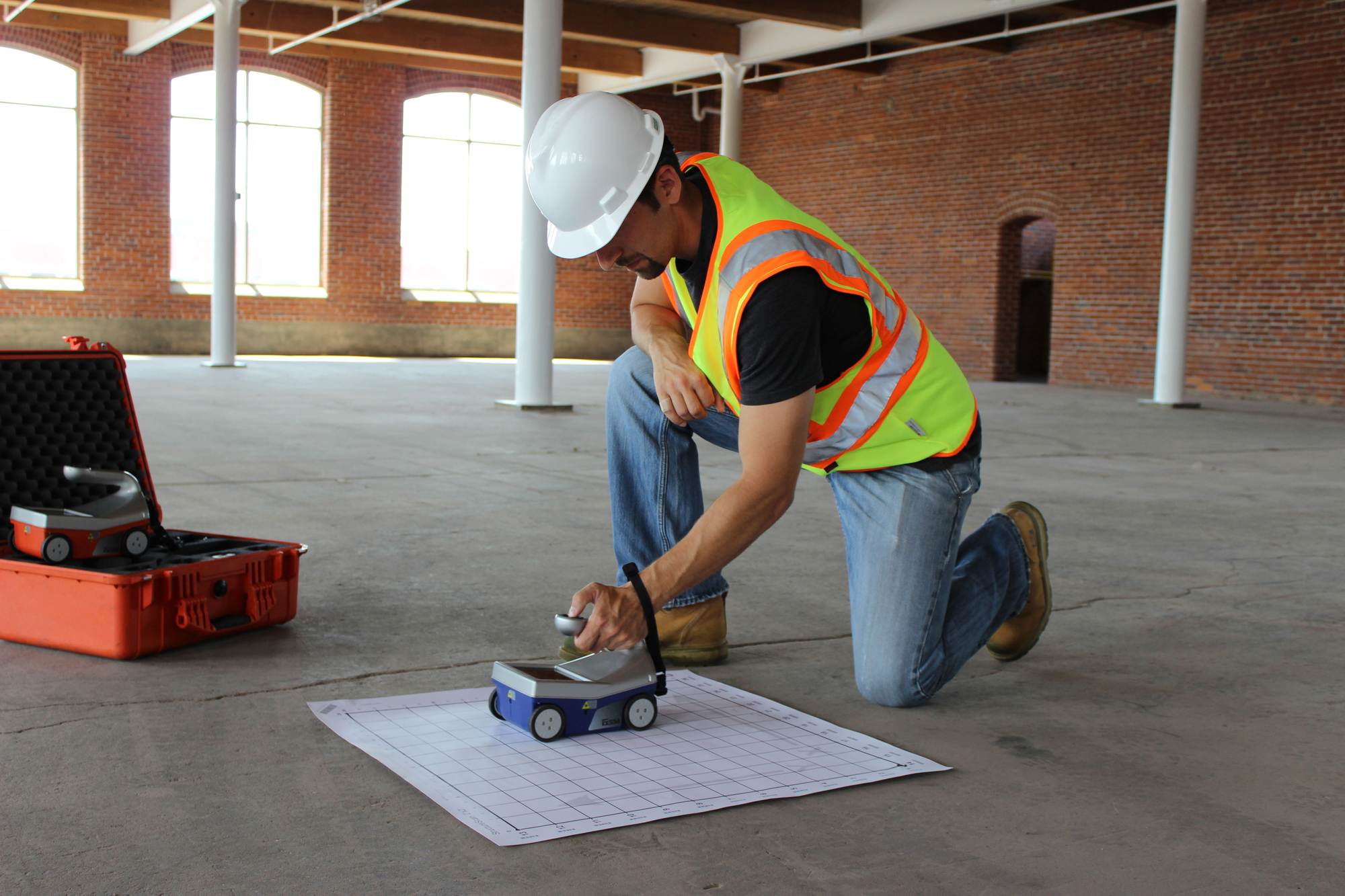Discover RainierGPR Service Areas for Trusted Concrete Scanning Solutions
Discover RainierGPR Service Areas for Trusted Concrete Scanning Solutions
Blog Article
Concrete Scanning: An Essential Action In The Direction Of Making Sure Architectural Stability and Security
In the realm of building and construction and framework maintenance, the value of concrete scanning can not be overemphasized. This careful procedure holds the crucial to unveiling prospective hazards concealed underneath the surface of relatively solid frameworks. By using innovative modern technology and techniques, concrete scanning functions as a pivotal tool in ensuring that the honesty and safety and security of structures and bridges are promoted to the greatest requirements. However, beyond its surface-level effects, the duty of concrete scanning prolongs far much deeper than fulfills the eye.
Value of Concrete Scanning
Concrete scanning plays a vital role in ensuring the structural integrity and safety of structures and infrastructure jobs. By making use of sophisticated technologies such as ground-penetrating radar (GPR) and electro-magnetic induction, specialists can non-destructively evaluate concrete structures to identify prospective flaws, spaces, ingrained things, and support format. This procedure allows early discovery of anomalies that could compromise the security of a framework, stopping expensive problems and making sure the security of residents.
Concrete scanning is specifically crucial during the preparation and building phases of a job. Prior to exploration, cutting, or coring into concrete, scanning helps determine the accurate places of rebar, post-tension cords, and other ingrained aspects, reducing the threat of unexpected hits that could result in structural weaknesses. Furthermore, concrete scanning help in quality assurance by confirming the density of concrete covers and detecting any inconsistencies that might affect the total sturdiness of the structure. Ultimately, purchasing concrete scanning services is not only a proactive step to minimize threats but additionally an essential step towards maintaining the lasting safety and security of buildings and facilities.
Modern Technology for Concrete Assessment

Benefits of Early Discovery
Prompt discovery of structural issues can significantly minimize risks and guarantee the durability of building jobs. By determining potential troubles beforehand in the construction procedure, stakeholders can take proactive steps to resolve concerns prior to they rise into bigger and a lot more expensive issues. Among the key advantages of early detection is the prevention of structural failings, which can pose serious safety and security hazards and cause job delays and financial losses.
In addition, very early detection enables prompt repair services and upkeep, which can aid expand the life-span of the framework. By addressing issues quickly, building teams can avoid expensive fixings or also the requirement for premature Related Site replacement of architectural parts. This aggressive strategy not only conserves time and cash but additionally improves the general security and durability of the construction project.
Additionally, very early detection can boost job preparation and decision-making by giving stakeholders with important understandings right into the problem of the framework. Armed with this details, project supervisors can make informed selections relating to building timelines, products, and approaches, causing much more successful and efficient project outcomes.
Making Sure Structural Security
Making sure the architectural stability of a building and construction project is vital to its safety and security and long life. Concrete scanning plays a crucial duty in ensuring structural stability by finding prospective concerns such as gaps, delamination, or reinforcement deterioration that could jeopardize the integrity of the framework over time.
By utilizing advanced scanning modern technologies like ground-penetrating radar (GPR) and electromagnetic induction, building and construction specialists can non-invasively examine concrete structures to identify locations of worry below the surface. This proactive technique permits for the early detection of weaknesses or problems, allowing prompt repair services or reinforcement to protect against structural failures.
Routine concrete scanning throughout various building and construction stages and throughout the life process of a structure can help preserve its security, alleviate dangers, and ensure the security of occupants. By focusing on architectural stability through concrete her response scanning, building projects can enhance their strength and sturdiness, eventually adding to greater safety and security and longevity.
Stopping Crucial Failings
Implementing routine examinations, such as concrete scanning, can reveal surprise flaws like voids, cracks, or corrosion that can jeopardize the honesty of a framework. By using sophisticated scanning innovations like Ground Penetrating Radar (GPR) or Concrete X-ray, designers can non-destructively examine the problem of concrete and determine weak points that need reinforcement or fixing.

Verdict
Finally, concrete scanning plays an essential role in making certain architectural stability and safety by making use of innovative modern technology for early discovery of possible concerns. This proactive strategy helps prevent vital failings and makes certain the stability of frameworks. It is important to focus on concrete examination as a conventional method to safeguard the long life and safety and security of structures and infrastructure.
Concrete scanning plays a critical duty in ensuring the structural honesty and security of buildings and infrastructure tasks. Additionally, concrete scanning help in quality control by confirming the density of concrete covers and detecting any type of discrepancies that may impact the total durability of the structure. Concrete scanning plays a critical function in guaranteeing architectural stability by spotting prospective problems such as voids, delamination, or support corrosion that could jeopardize the integrity of the framework over time.

In conclusion, concrete scanning plays a crucial function in ensuring architectural integrity and security by making use of sophisticated innovation for early detection of prospective concerns.
Report this page